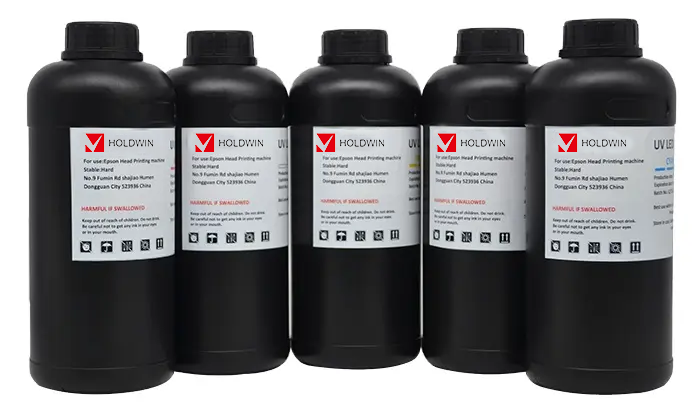
Solvent printing has long been a cornerstone in the realm of digital printing, known for its versatility and vibrant results. As a media operations specialist at Shaoxing Zhiyu Digital Technology Co., Ltd., I understand the importance of leveraging advanced printing technologies to deliver top-tier products. Our brand, HOLDWIN, is committed to innovation and excellence, providing personalized solutions for clothing, towels, scarves, carpets, and more. This article delves into the essentials of solvent printing, its benefits, challenges, and how HOLDWIN is at the forefront of this technology.
Solvent printing utilizes solvent-based inks to print on a wide range of materials, particularly non-absorbent surfaces like vinyl, PVC, and various fabrics. These inks contain solvents that dissolve the pigments and enable the ink to adhere effectively to the printing substrate. The result is a highly durable and weather-resistant print, making it ideal for both indoor and outdoor applications.


One of the significant drawbacks of solvent printing is the emission of volatile organic compounds (VOCs) during the printing process. These compounds can be harmful to the environment and pose health risks to workers if proper ventilation and safety measures are not in place.
Solvent printers require regular maintenance to ensure optimal performance. The inks can be harsh on the printer components, necessitating frequent cleaning and part replacements.
The solvent printing industry has seen significant advancements aimed at mitigating the challenges associated with traditional solvent inks. Here are some notable developments:
At HOLDWIN, we are dedicated to becoming a world-renowned brand in the digital printing industry. Our commitment to innovation and customer satisfaction drives us to develop new products rapidly and provide personalized solutions tailored to our clients’ needs. Our solvent printing technology exemplifies our global vision, combining high-quality results with eco-friendly practices.
“Since switching to HOLDWIN’s solvent printers, we’ve seen a significant improvement in print quality and durability. The vibrant colors and weather-resistant prints have helped us expand our business and satisfy our customers’ needs. The eco-solvent inks are a game-changer, reducing our environmental impact while maintaining excellent performance.” – Jane Doe, CEO of FashionPrint Ltd.
Solvent printing remains a vital technology in the digital printing industry, offering unmatched durability, color vibrancy, and versatility. While it presents certain challenges, ongoing technological advancements and eco-friendly solutions are paving the way for a more sustainable future. HOLDWIN is proud to lead the charge in this evolution, providing innovative and reliable solvent printing solutions that meet the needs of our diverse clientele. Whether you’re a textile manufacturer, fashion designer, or digital printing enthusiast, our products and expertise are here to support your success.

Zhiyu is passionate about good products, good services, and good prices to let consumers know that choosing us is the right choice! For partners and end customers, we will provide one-on-one considerate smart services and provide you with more high-quality procurement solutions.